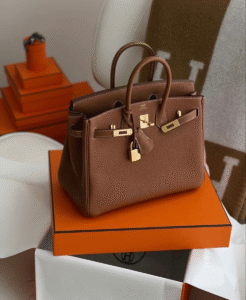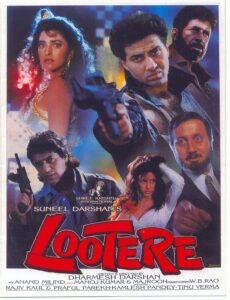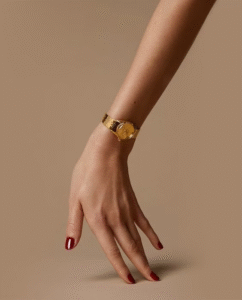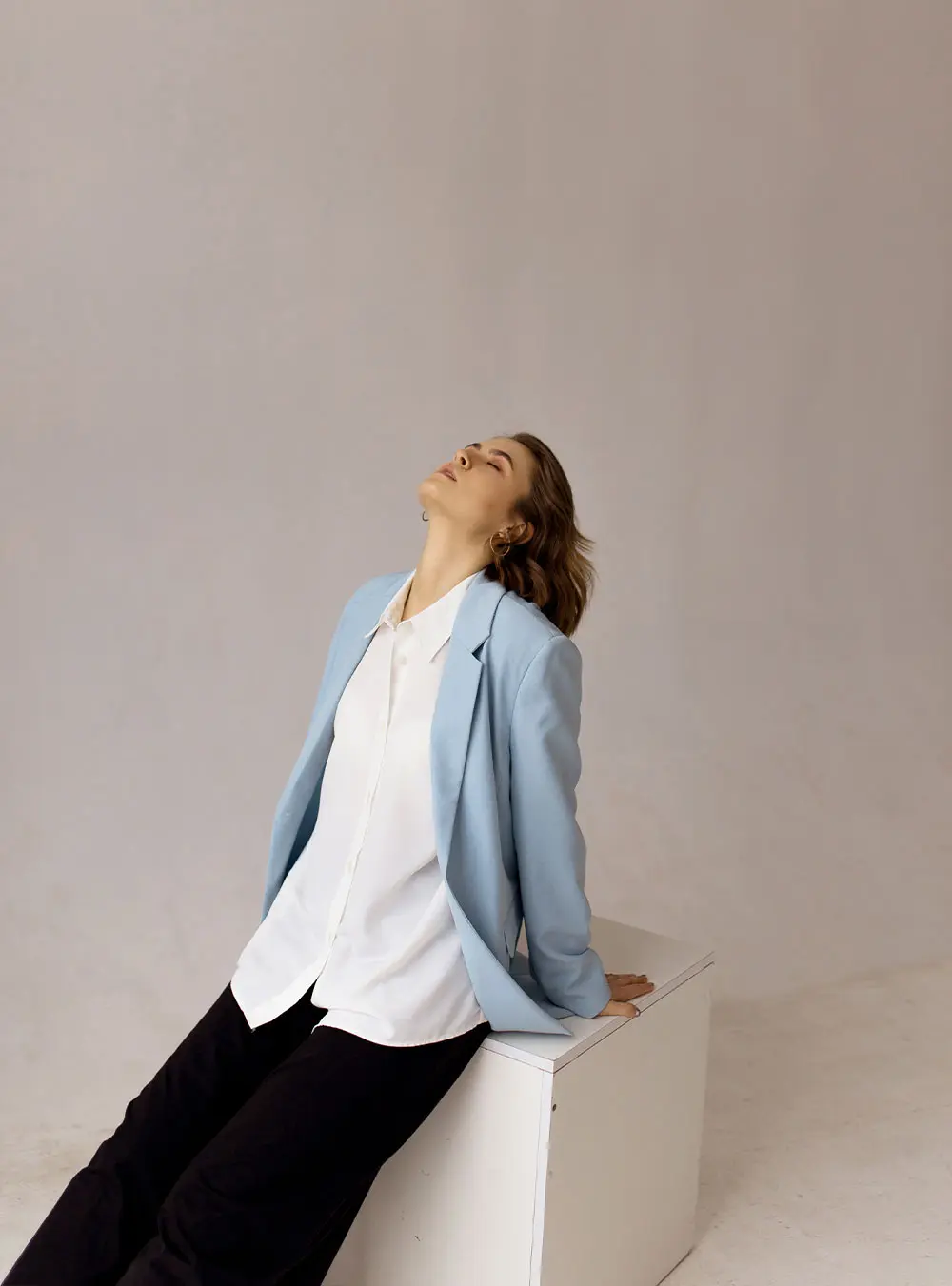
The emergence of social media has revolutionised the fashion industry, granting unprecedented access and popularity to the runway from enormously conceptualised and detailed set designs, to supermodels walking on the runway. From the eccentric struts of Leon Dames at the Maison Margiela Spring/Summer 2020 to the mesmerising performance of Gwendoline Christie at John Galliano’s 2024 Haute Couture show, models showcase the latest designs while captivating the public with grace and poise. Some supermodels have been particularly celebrated over the last few decades for their iconic “walk” or “strut” on the runway, for example, the duo of Yasmeen Ghauri and Naomi Campbell who ruled the runway in the 90s and were referred to as the “tigress” and the “panther” or Coco Rocha and her overtly theatrical walks on the runways. This article explores the legal framework governing this unique form of expression, considering whether these walks can be protected under intellectual property.
The Intersection of Fashion and Intellectual Property

Fashion is a broad industry driven by creativity and innovation in which designers proactively seek to differentiate their brands through distinctive elements. As such, various IP rights including copyright, trademark, and design rights, are established through statutes and case law to protect originality and commercial value of fashion designs. Yet, the legal scope needs to be clarified in the context of model catwalks.
Copyright law refers to exclusive rights granted to the author of an original work over its use and distribution. Depending on the jurisdiction, copyright protection lasts for the lifetime of the creator plus a certain number of years, varying from 50 to 70 years, after their death. An original work covers literary, artistic, musical, and other creative works. These rights are typically granted as soon as the work is created and fixed in a tangible form, such as being written or recorded. As model walks involve a combination of movements and choreography, they may be considered artistic expressions entitled to copyright protection. However, the nature of runway walks makes it challenging to establish originality and fixation copyright protection.
Trademarks are signs indicative of the commercial origin, distinguishing the goods or services of one party from another. Concerning model walks, trademarks may come into play in association with fashion brands or modelling agencies. The signature walk associated with a particular designer or fashion house may amount to trademark protection. However, the nature of runway walks and the difficulty in establishing their distinctiveness pose challenges to securing trademark protection. Design rights protect the appearance of a product, including its shape and ornamentation. While fashion designs may fall under the scope of protection for design rights, it is highly unlikely for runway walks. Overall, the subjective nature of aesthetics and artistic expression further complicates the determination of distinctiveness for trademark or design rights protection.
Legal Precedent and Challenges in Protecting Runway Walks
The legal framework concerning the protection of runway walks seems underdeveloped, with limited case law addressing the specific issue.
A Landmark Case in Thailand: Performers’ Rights and Runway Walks

A key case in Thailand involves supermodels suing a fashion brand for allegedly infringing on their performers’ rights under the Thai Copyright Act by using unauthorized photographs of their catwalk performances, highlighting the controversy and legal implications surrounding the recognition of runway walks as protected performances under copyright law.
In November 2005, two Thai Supermodels, Mitenee Kingpayom and Sara Lane filed copyright lawsuit against fashion brand Dapper for infringement of their performers’ rights under the Copyright Act.
The models had been hired for a fashion show in Bangkok to demonstrate the brands apparel products on the catwalk. Dapper who had also hired photographers to take photos of the event, later published the images of the models in several magazines for the promotion of its brand. The models however, attempted to claim their performers’ rights against the use of those photos by Dapper.
In May 2006, the Intellectual Property and International Trade Court (IP&IT Court), the court of first instance, ruled in favor of the two supermodels, reasoning that the two plaintiffs were models who were presenting Dapper’s apparel products (by walking on the catwalk) and were considered to be “performers.” The act of the performers in this case was therefore a “performance.” Dapper, the defendant in the case, was found to have infringed the performers’ rights of the two supermodels.
The Supreme Court of Thailand overturned the Intellectual Property and International Trade Court’s ruling, and while it did not outright deny the possibility of protecting a model’s runway walk, it emphasised that performers’ rights must satisfy the criteria of recognised copyright categories under the Copyright Act. While commenting on whether a catwalk could receive copyright protection, the Court held that the plaintiff’s had been unable to successfully prove that a runway model presenting apparel products could be considered a “dramatic arrangement” and thereby, eligible to be recognised as a dramatic work under the Copyright Act.
The UK’s CDPA and the Classification of Runway Modeling in International Law
Model Walk Intellectual Property Rights

Although there’s existing ambiguity within the UK’s Copyright, Designs and Patents Act (CDPA) regarding whether runway modelling qualifies as a “dramatic performance”, the inherent characteristics of runway modelling as a “work of action” with dramatic unity suggest that no new legislation may be necessary. This observation stems from the broad legal interpretation of what constitutes a “dramatic performance”. Modelling involves choreographed movements, timing, and an overall artistic direction, which aligns with the rulings in cases like Norowawzian v Arks Ltd (No2). These elements highlight runway modelling as an artistic work in itself, potentially qualifying it under the current framework of the CDPA. As such, this would potentially empower models to discuss better contracts and employment terms with fashion houses and agencies, granting them fair compensation and improved work conditions.
Another very important case that everyone circles back to is the case of Ashby v Gaulme, Kenzo et Lacroix (2008) which held fashion shows to be copyrightable works of art. Even though the same was not extended to catwalk or runway models, according to the broad interpretation of Roman Convention and the 1996 WIPO Performances and Phonograms Treaty (WPPT), protect:
‘actors, singers, musicians, dancers, and other persons who act, sing, deliver, declaim, play in, or otherwise perform literary or artistic works’ (Article 3(b) of the Rome Convention and Article 2(b) of the WPPT)
Models and their presentations at the fashion shows very much satisfy the criteria of a dramatic work, eligible for IP protection.

Moreover, the collaborative nature of fashion shows, involving designers, models and their representation agencies, choreographers, and stylists raises questions about ownership and authorship rights over model walks. Currently, runway show recordings are copyrighted by designers and producers, suggesting that models may potentially assert ownership rights in the future by requiring permission for the reproduction of their appearances. This could empower models to negotiate fair agreements and financially benefit from their runway performances, prompting calls for reforms in the fashion industry to acknowledge and safeguard their intellectual property rights.
As fashion law continues to develop and adapt to emerging trends and technologies, addressing the complexities surrounding the protection of model walks will be essential in fostering innovation and creativity within the industry.
In conclusion, while it is necessary to recognise the significance of model walks within the fashion industry, the legal framework governing the protection of these performances is underdeveloped. As fashion continues to intersect with intellectual property law, finding a balance between promoting innovation and respecting artistic expression will be preeminent in shaping the future of fashion regulation. Whether runway walks ultimately receive explicit IP protection or remain within the realm of industry norms and practices, their contribution to the cultural and commercial fashion scene cannot be understated.








